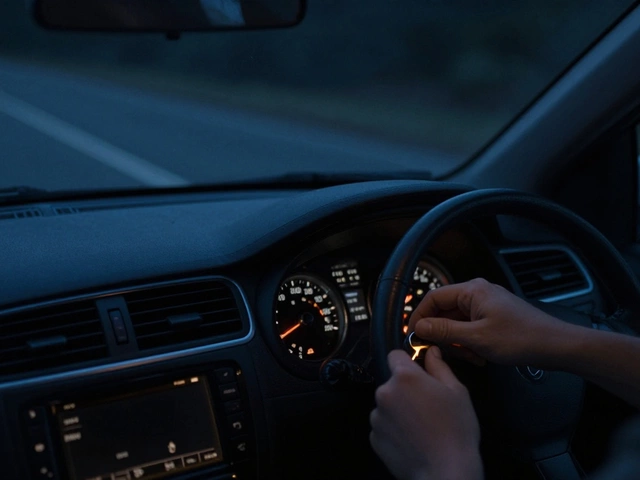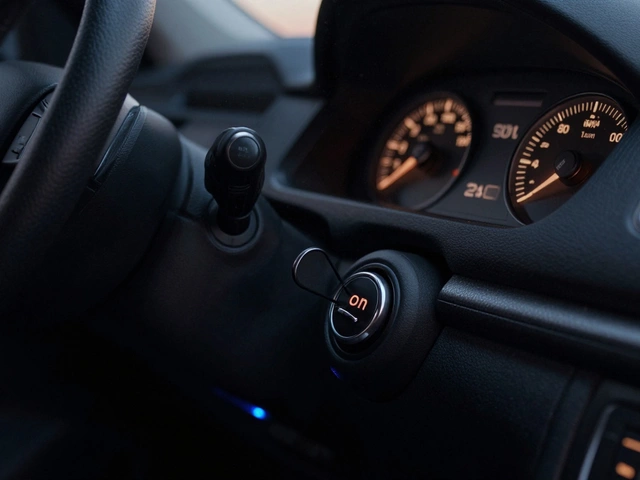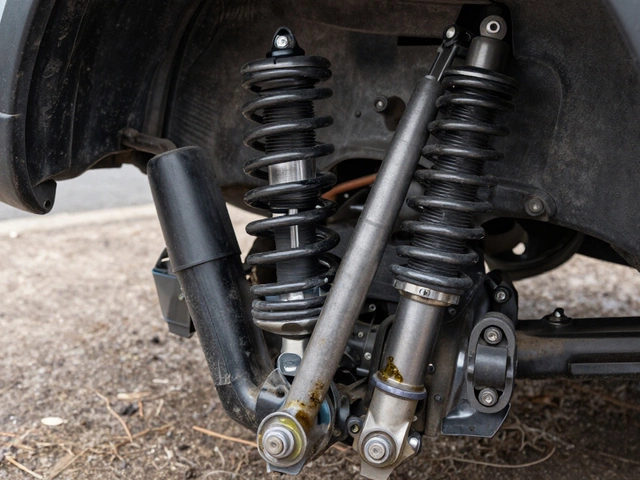Brake Pad Wear: Signs, Risks, and What to Do Next
When your brake pad wear, the thinning of the friction material that presses against the rotor to stop your car. Also known as brake lining wear, it’s not just a routine maintenance item—it’s a direct link to your safety on the road. Most drivers don’t notice brake pad wear until it’s too late. By then, you might hear a screech, feel a vibration, or worse—see your brake rotors damaged. Brake pads are designed to wear down slowly, but ignoring the early signs turns a simple $100 fix into a $500 repair.
Brake pad wear doesn’t happen in isolation. It’s tied to your brake rotors, the metal discs that the pads clamp onto to create stopping power. If your pads are worn thin and you keep driving, those metal backing plates start grinding into the rotors. That’s when you need new rotors, not just new pads. And rotors cost more. They also need to be perfectly flat and thick enough to handle heat. A rotor that’s too thin can warp or crack under pressure—something no mechanic wants to explain after a near-accident.
Your brake system, the entire setup that turns your foot pressure into stopping force includes more than just pads and rotors. It’s got calipers, fluid lines, sensors, and sometimes even electronic warnings. But here’s the truth: 90% of brake problems start with pad wear. You don’t need fancy tools to check it. Just look through your wheel spokes. If the pad looks thinner than a quarter, it’s time. If you hear a metallic scraping sound when you brake, you’re already damaging the rotor. And if your car pulls to one side when you stop, that’s a sign of uneven wear—maybe a stuck caliper or worn hardware.
Some people think they can wait until the warning light comes on. But that light doesn’t always show up until the pads are nearly gone. Others try to stretch out their brake service to save cash. But every mile driven on worn pads adds stress to other parts. It’s like driving on bald tires—you’re not just risking a flat, you’re risking control. In the UK, brake failure is one of the top reasons cars fail their MOT. And it’s not just about passing a test—it’s about knowing your car will stop when you need it to, especially in rain, fog, or on a busy A-road.
There’s no magic number for how often brake pads need replacing. It depends on your driving style, your car’s weight, and where you drive. City drivers with lots of stop-and-go traffic wear out pads faster than motorway cruisers. Heavy cars like SUVs put more pressure on the brakes. And cheap pads? They wear out quicker and can be noisier. The best move is to get them checked every 10,000 miles—or sooner if you notice any change in how your brakes feel or sound.
Below, you’ll find real guides from drivers and mechanics who’ve been there. You’ll see how to spot wear before it’s dangerous, whether you can skip replacing rotors, what costs to expect, and how to avoid being upsold. No fluff. No jargon. Just what you need to know to keep your brakes working—and your wallet safe.





